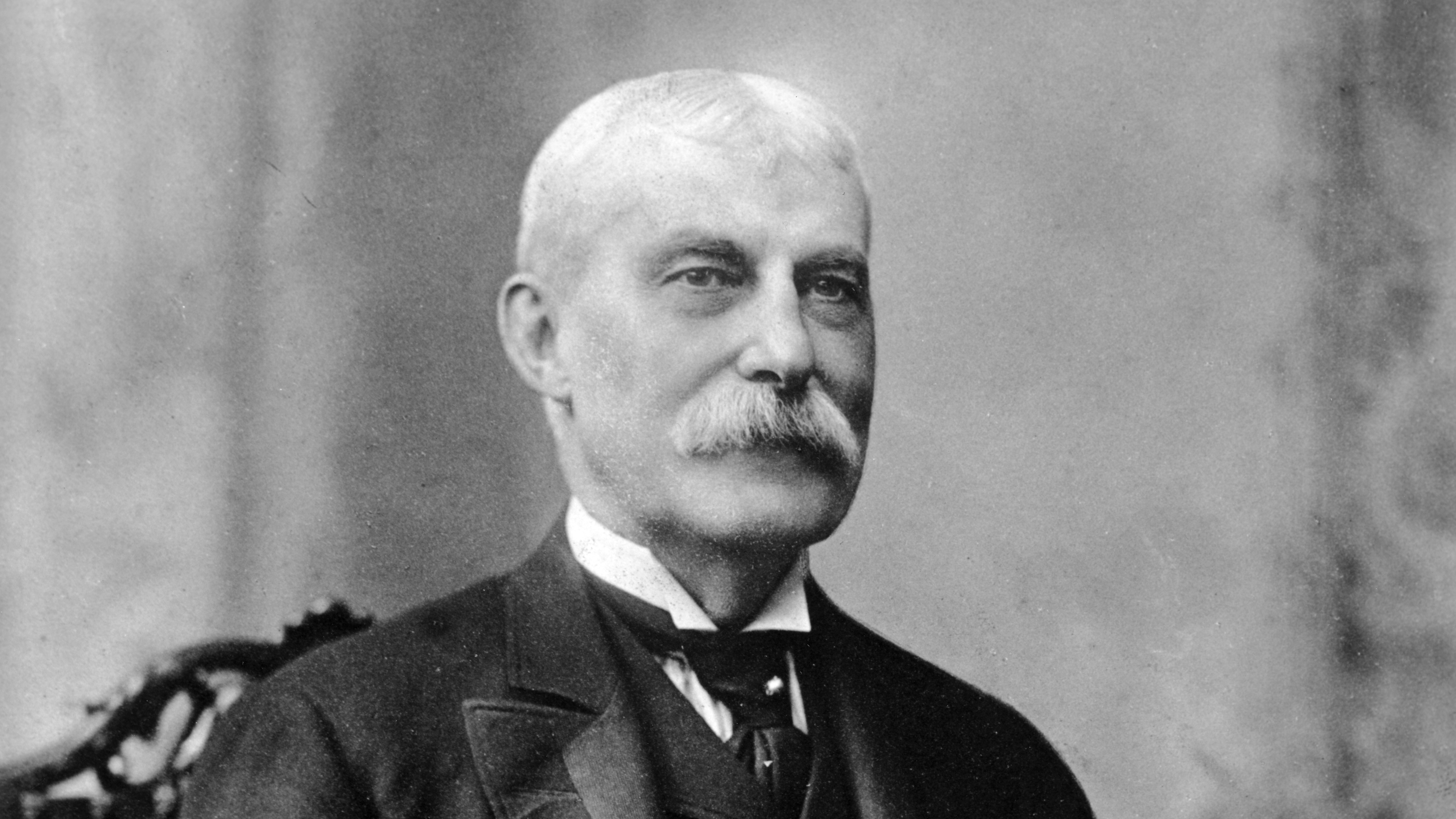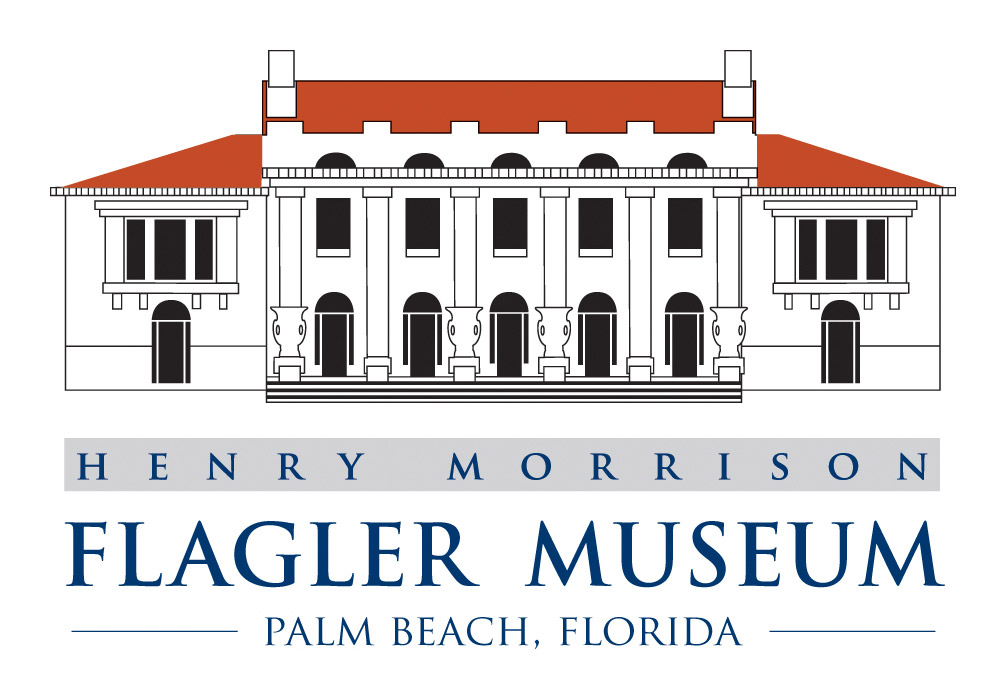
Henry Flagler Biography
Following an amazing career as a founding partner and "the brains" behind Standard Oil, which was the largest and most profitable corporation in the world for more than a century, Henry Flagler invested himself in the development of Florida. During the next quarter century, he literally invented modern Florida. The transportation infrastructure and the tourism and agricultural industries he established remain, even today, the very foundation of Florida's economy, while the building of the Over-Sea Railroad remains the most ambitious engineering feat ever undertaken by a private citizen. When Henry Flagler began his work in Florida, it was perhaps the poorest state in the Union. Today, thanks in large part to Henry Flagler, Florida is the third largest state in the Union with an economy larger than 90% of the world's nations. Indeed, no individual has had a greater or more lasting impact on a state than Henry Flagler has had in Florida.







